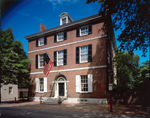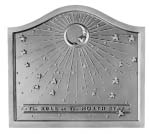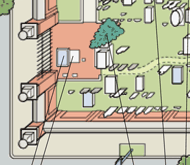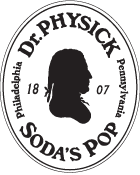

DR. PHYSICK HISTORY
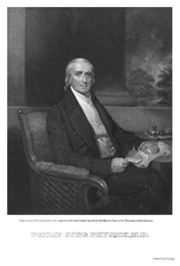
Portrait of Dr. Physick by Henri Inman, painted for the medical class of The University of Pennsylvania
Dr. Philip Syng Physick, (1768 - 1837) a brilliant, innovative surgeon, was instrumental in training an entire generation of American surgeons. Known in his lifetime as the Father of American Surgery, he was born in Philadelphia and received his early education at Friends Academy located on Chestnut Street. The young man earned a BA degree in classics and was the Valedictorian of his class at the University of Pennsylvania. Despite his wanting to follow in his grandfather's trade, silversmith, at the insistence of his father, Edmund Physick, he pursued a medical career. After studying under Dr. Adam Kuhn in Philadelphia he later became a student of John Hunter, the leading experimental anatomist in London.
Earning a diploma from London's Royal College of Surgeons, Hunter honored Physick by appointing him House Surgeon to St. George's Hospital in London, the first American to hold that position. Receiving his M.D. from the University of Edinburgh, Physick returned to Philadelphia in 1792. With business slow, Physick offered the first Health Insurance in America. He advertised that for $20 a year, he would take care of an entire family's medical needs. The following year, 1793, Philadelphia was struck by its first Yellow Fever Epidemic. Heroically, Dr. Physick was one of the few doctors to remain in the city to treat the ill.
Due to his skill, surgery was elevated to an academic level in this country when in 1800, students at the University of Pennsylvania successfully petitioned for Dr. Physick's lectures in surgery. These lectures offered practical and technical information from his professional experience. He was appointed the newly created Chair of Surgery in 1805, a Professor of Anatomy in 1819 and Emeritus Professor of Surgery and Anatomy in 1831.
Among Physick's many patients were the daughters of Presidents' John Adams and James Monroe, First Lady Dolly Madison, signer of the Declaration Dr. Benjamin Rush, General Winfield Scott, and Chief Justice John Marshall. President Andrew Jackson consulted Dr. Philip Syng Physick about lung hemorrhages and was told to stop smoking. Not successful with that advice, Physick was able to convince him to stop taking medicine containing mercury and arsenic.
Among Dr. Physicks many contributions to medical education and practice were a modern referral system, and the use of medical students as clinical clerks. Philip Syng Physick was an innovator who was both confident and courageous.
He pioneered the use of the stomach pump, following experiments, introduced the use of cat gut sutures, and believed that Yellow Fever could be controlled through public measures. Dr. Physick performed the first successful human blood transfusion. He used autopsy as a regular means of observation and discovery, and was responsible for the design of a number of surgical instruments and operative techniques. Dr. Physick believed that dental conditions could affect the overall personal health, treated depressed skull fractures by attempting to elevate the bone, and introduced cataract surgery to America.
In 1807, Dr. Physick introduced artificial carbonated water to America for the relief of gastric disorders. Teaching a pharmacist how to make it to supply his patients, Physick later suggested fruit syrup be added to make it more palatable. Dr. Physick's city house is now an historic house museum. A fine example of the Federal Style of American Architecture, it is handsomely furnished in the period of his time there (1815-1837). The second floor houses a medical museum depicting the amazing career of Dr. Physick, a collection of medical instruments from that era, his bedroom furnishings and the Society of Cincinnati room.
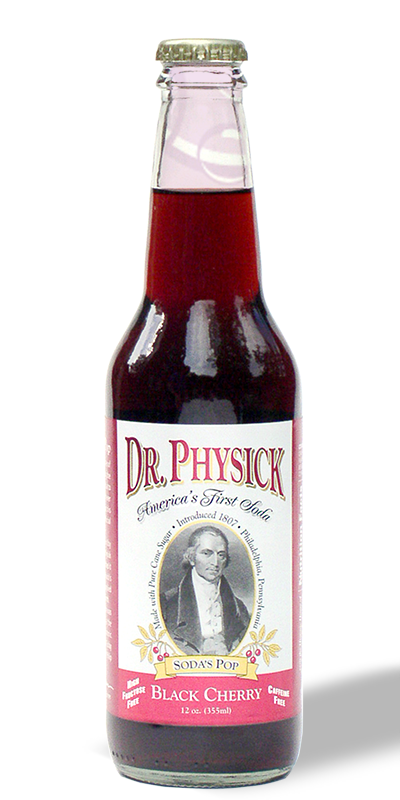

 City Tavern's Chef Walter Steib's tour of Physick House
City Tavern's Chef Walter Steib's tour of Physick House 